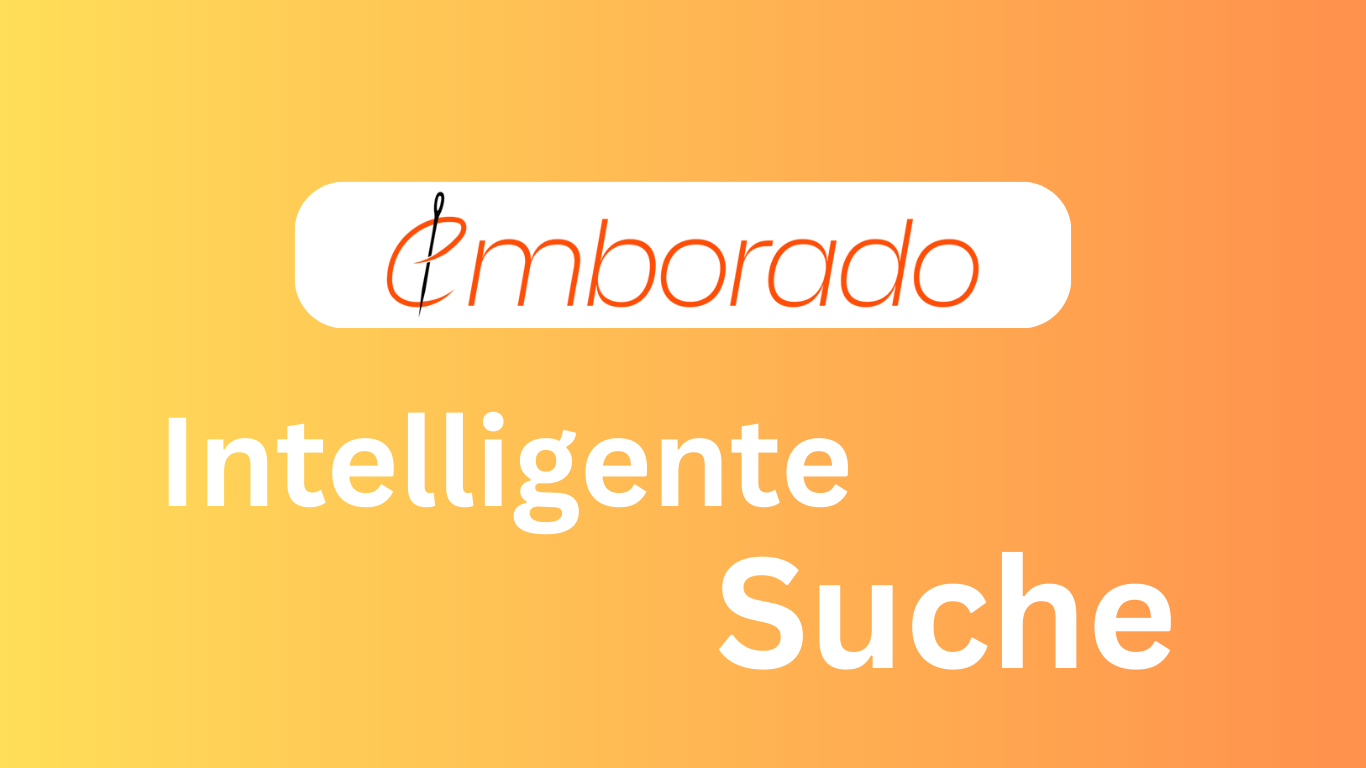Embroidery file formats: Why are there so many?
An overview of the different embroidery file formats and why the variety is often confusing for embroiderers.

Anyone who has looked into machine embroidery has likely stumbled over the sheer number of file formats: .pes, .dst, .exp, .jef, .vp3 and many more. But why are there so many different formats?
The history behind embroidery file formats
Every manufacturer did its own thing
The issue starts with machine manufacturers. Each major brand created its own proprietary format:
- Brother: .pes, .pec
- Janome: .jef, .sew
- Pfaff: .vp3, .vip
- Singer: .xxx, .svs
- Husqvarna/Viking: .vp3, .hus
- Tajima: .dst (the “original” classic)
Why not a single standard?
The answer is typical for tech: competition and technical differences.
- Market lock-in: proprietary formats keep customers within a brand
- Technical capabilities: machines differ in features and supported data
- Historical evolution: formats were developed in parallel without coordination
What does this mean for you as an embroiderer?
Format chaos in everyday use
- Buying a design? Hope it’s available for your machine
- Sharing files? Conversion is often required (and can be lossy)
- Organising your library? Different formats make oversight harder
Not all conversions are equal
Not all formats are equally “rich”:
- Simple formats (like .dst): only stitch positions, no colours
- Richer formats (like .pes): colours, fonts, even appliqué info
Note: Converting from a “rich” to a “simple” format loses information!
How emborado helps
Intelligent format handling
emborado automatically recognises all common embroidery formats and shows you:
- Visual previews of every format
- Available versions of a design
- Automatic conversion suggestions
Metadata stays intact
Regardless of format, emborado extracts and stores all available information:
- Stitch density and stitch count
- Colour information
- Design size
- Original format
The future of embroidery file formats
Hope for (more) standards
There’s movement in the industry:
- Open formats like .svg are gaining traction
- Cloud-based workflows reduce format dependency
- AI-assisted conversion keeps improving
What you can do today
- Keep multiple formats when possible — download several versions
- Prioritise quality — buy from creators who offer many formats
- Use emborado to manage your format diversity efficiently
Conclusion
The variety of embroidery file formats is a historically grown challenge that will be with our community for a while. But with the right tools and a bit of knowledge, you can tame the chaos.
The good news: emborado makes you format-agnostic and shows at a glance what you have — and what you need.
Questions about file formats or want to try emborado? Get in touch.
